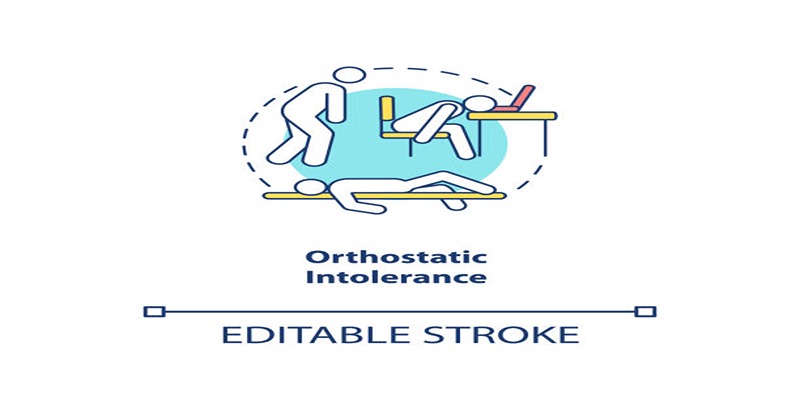Ameribor: A Modern Benchmark Transforming U.S. Financial Markets
The financial world has long used benchmarks to standardize lending and borrowing rates, ensuring that markets operate in an honest, consistent, and predictable manner. For decades, one benchmark dominated: the London Interbank Offered Rate, better known as LIBOR. However, for decades, weaknesses in LIBOR appeared amid shifts in the financial landscape, with questions over its dependability, transparency, or whether it was prone to manipulation.

These cracks ultimately led to a global search for more trustworthy and accurate alternatives. Among them, Ameribor has stood out as a U.S.-centric modern interest rate benchmark, increasingly gaining the interest of regional banks, financial institutions, and market participants. This article explores the importance of Ameribor within the emerging financial ecosystem, its functioning, and the reasons behind its gradual adoption in a world that demands greater transparency and accountability.
What is Ameribor?
Ameribor is the shortened form of the American Interbank Offered Rate, an interest rate benchmark that reflects the true borrowing and lending activity of smaller U.S. banks. It was born out of the American Financial Exchange's creation based on the need for a transparent, accurate, and market-driven alternative to LIBOR. Unlike LIBOR, which is solely based on estimated interbank lending rates of major global banks, Ameribor draws from actual transactional data, making it a more reliable image of financial activity.
This benchmark primarily serves regional and community banks, credit unions, and non-bank financial institutions in the United States. Ameribor is for the U.S. market, capturing the nuances of domestic lending behaviors and offering an interest rate benchmark that closely aligns with the operational realities of these institutions. Relevance has increased the more the regulators are phasing out LIBOR, forcing them to take either benchmark that better suits their operational needs.
How Ameribor Is Calculated?
The foundation of Ameribor lies in its reliance on real transactional data from the American Financial Exchange. This platform facilitates overnight and short-term unsecured lending among its member institutions, primarily smaller banks and financial entities. The calculation of Ameribor is straightforward yet robust, ensuring both accuracy and transparency.

Each trading day, the AFX collects data from completed transactions on its platform. These transactions include the borrowing and lending rates agreed upon by participants. The Ameribor rate is then derived as a volume-weighted average of these rates, reflecting the true cost of borrowing for its participants. This methodology distinguishes Ameribor from benchmarks like LIBOR, which rely on surveyed estimates rather than actual trades.
The transparency of this process makes Ameribor a reliable and trustworthy benchmark. Market participants can see the underlying data, instilling confidence in its accuracy and ensuring it represents real market conditions. This focus on actual transactions reduces the risk of manipulation, a critical advantage in light of past controversies surrounding LIBOR.
The Growing Adoption of Ameribor
The adoption of Ameribor is steadily increasing as financial institutions seek benchmarks that align better with their needs and values. The push for alternatives to LIBOR, particularly after its manipulation scandals and impending retirement, has opened the door for benchmarks like Ameribor to shine.
Regional banks and community financial institutions are among Ameribor's strongest supporters. These institutions often found LIBOR disconnected from their realities, as it primarily reflected the activities of major global banks. Ameribor, by contrast, captures the unique dynamics of the U.S. financial system, making it more relevant for these smaller players.
Moreover, Ameribor's structure and transparency appeal to regulators and policymakers. In a financial landscape where accountability is paramount, Ameribor offers an unambiguous view of market activities. Its reliance on actual transactions rather than estimates aligns with the global push for benchmarks that are difficult to manipulate and more reflective of true market conditions.
Large corporations and asset managers are also exploring Ameribor, particularly for hedging and investment strategies. As familiarity with Ameribor grows, so does its ecosystem of financial instruments, including loans, derivatives, and securities tied to its rate. This expanding adoption underscores Ameribor's potential to become a cornerstone of the U.S. financial system.
Comparing Ameribor to Other Benchmarks

Ameribor vs. LIBOR
LIBOR ruled global financial markets for decades, setting a standard for lending and borrowing rates. However, its reliance on survey-based estimates from major global banks proved to be its critical flaw. The lack of actual market data in its calculation made it vulnerable to manipulation, leading to scandals that significantly tarnished its credibility. Ameribor, by contrast, resolves these issues by grounding its rates in real transactional data.
This approach not only enhances transparency but also ensures the rates accurately reflect genuine borrowing costs. Furthermore, Ameribor is specifically designed for the U.S. market, aligning more closely with domestic financial practices, whereas LIBOR's broader, global focus often disconnected it from the realities faced by smaller U.S. institutions.
Ameribor vs. SOFR
SOFR, developed by the Federal Reserve, has gained recognition as another leading alternative to LIBOR. Unlike Ameribor, which is based on unsecured interbank lending, SOFR is derived from secured transactions in the U.S. Treasury repurchase agreement (repo) market.
This distinction makes SOFR heavily tied to government-backed securities, while Ameribor more accurately represents the dynamics of unsecured borrowing, particularly among smaller financial entities. SOFR's federal backing and broad adoption give it significant appeal, but Ameribor caters to a specific niche, offering a practical and relatable benchmark for regional banks, community lenders, and credit unions.
While both benchmarks have distinct advantages, Ameribor's focus on unsecured, market-driven transactions within the U.S. makes it indispensable for institutions seeking a transparent and relevant benchmark in line with their operations.
Conclusion
Ameribor marks a pivotal shift in interest rate benchmarking, offering a transparent and reliable alternative tailored to the U.S. financial system. By relying on actual market transactions, it addresses the flaws of older benchmarks like LIBOR, ensuring greater accuracy and trust. As the financial sector continues moving away from LIBOR, Ameribor’s relevance is set to grow, particularly for regional banks and smaller institutions. Its role in fostering transparency and aligning with domestic lending realities makes it a promising tool for the future of U.S. financial markets.












